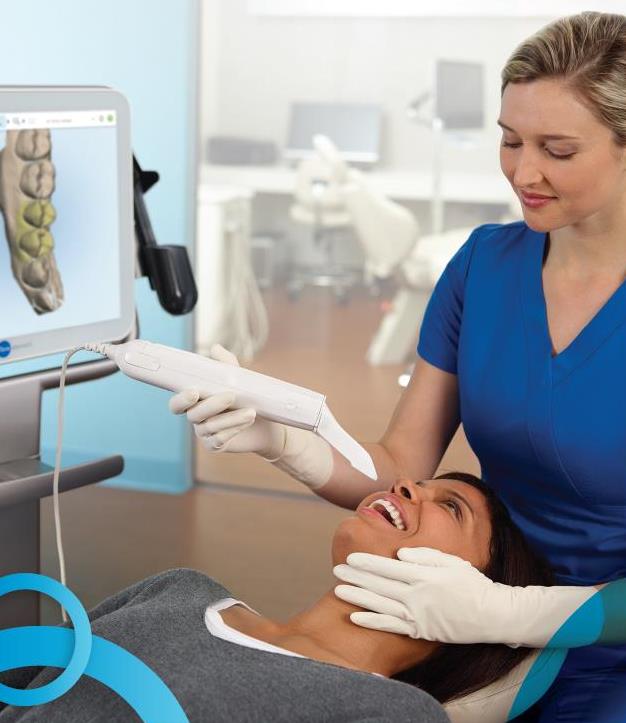FAQ
- I am afraid I am too old for braces…..
Teeth can be straightened at any age. The chosen method and following succes of the treatment is dependent on the type of malocclusion, on the state of teeth and on the patient´ s willingness to accept the suitable method of treatment.
- How long is the orthodontic treatment?
The active part of the treatment takes 2 years on average at adult patients. At growing patients it takes longer time depending on the patient´ s age, on the development of the teeth, on the type of malocclusion and its difficulty.
- Do you apply „ invisible braces“?
Yes, we apply removable transparent aligners INVISALIGN, which are made in set and are changed one after another in 1 – 2 week intervals to the end of the treatment.
- What are prices of braces in your office?
Orthodontic treatment of children costs about 30 000 CZK, price of INVISALIGN aesthetic system is from 30 000 to 130 000 CZK.
- At what age is it advisable to begin with the orthodontic treatment?
As soon as permanent teeth begin to appear, especially upper incisors, and any problem occurs, it is advisable to visit an orthodontist and consult suitability and timing of orthodontuc treatment. Recommendation of patient´s dentist should be followed. Orthodontic treatment of temporary teeth (before patient´s age of 6 years) is exceptional.
- Does orthodontic treatment hurt?
Slight pressure or weak pain could be felt for 2 – 3 days after applying of appliance. Properly made and undamaged aligners on thoroughly cleaned teeth do not cause any other pain.
- Is it possible there will be a relapse after a orthodontic treatment?
Orthodontic treatment consists of two parts – active treatment (straightening of teeth itself) and stabilization of the result. Even well prepared plan of the treatment needs the stabilization phase depending on seriousness of the malocclusion. This is usually managed by fixed wire „retainers“ placed at the inner surface of frontal teeth and removable appliances worn by night for time at least so long as the active treatment. Slight changes of the state may appear later as a part of teeth development, but when the treatment is led properly the original state never relapses.
- Is it true that crooked teeth are more prone to decay?
It is proved by research that it is not true. But crooked teeth, especially more crowded, are more difficult to clean.
- I was proposed to have my teeth grinded – will they be more prone to decay?
Usually it means just tiny grinding of surface of several teeth in the interdental space (just a fragment of milimetre) and it is followed by polishing of the surface, which opens the space for straightening of crowded teeth. It has been proved by research, that correctly grinded teeth and proper dental hygiene does not mean higher risk of decay than at not grinded teeth.
- Is it neccesary to extract healthy teeth to enable orthodontic treatment?
Extractions of teeth, often first premolars, may be a part of orthodontic treatment especially when teeth are crowded in a small jaw or in case of big overjets. As there are no damaged teeth, we must accept that it is concerning healthy teeth. When teeth can be straightened without extractions, we definitely do it. But when it is necessary to extract some teeth, we choose those of worst quality. Temporary teeth are also sometimes removed before time of their natural release, if they block space for permanent teeth or unable to realize orthodontic treatment. Wisdom teeth are often reccomended to remove, erupted or impacted.

